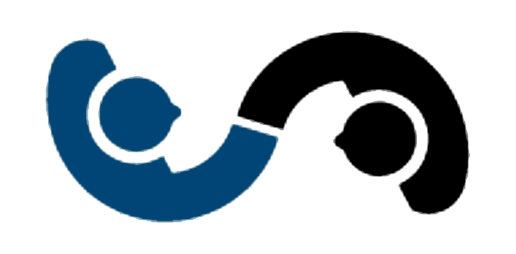Online disease reporting systems: rhetoric or reality?
Introductory remark

Fig1. A clinical officer collecting field data from a respondent for surveillance purposes. Photo credit: ZED Group
Categorizing the online disease reporting systems
- Open access systems such as ProMED-mail founded in 1994 (ProMED-mail, 1994), HealthMap founded in 2006 (Healthmap, 2006), which capture a wide range of disease outbreaks and others targeting a single disease/pathogen e.g. Global Ranavirus reporting system (GRRS, 2015) (it is important to note that both ProMED-mail and Healthmap, borrow alot of their information from the media as well as the official reporting systems such as WAHIS as well as WHO-DONs)
- Closed access systems such as those at the level of government ministries using the DHIS2 web application (such as the Health Information System in Kenya (Fig.2) and Lebanon initiated by World Health Organisation (WHO, 2014) and also the Visual Confidentiality Mobility Report system in Los Angeles (Dibya, 2002).
- Semi-closed systems such as the more recently launched EPICORE system which is trying to provide a platform of “verifying” or discarding the rumours from the media through the use of speciliasts to verify outbreak related information.

Fig2. The user interface of the Kenya Health Information System
Systems like ProMED-mail disseminates its information via email lists, websites and social media. Which is a free subscription service with over 75,000 subscribers in 180 countries. The accuracy and quality of all reports on ProMED-mail may be assured because all reports are screened by experts before posting (Woodall, 2015).
Benefits of online disease reporting systems
Several benefits or “added value” of online disease reporting systems are:
- Provide early warning of outbreaks of infectious diseases, toxins and environmental contamination affecting humans, animals and food and feed worldwide e.g. Avian Influenza-H7N9 in China (ProMED-mail, 2016)
- Ability to access the reports by mobile devices e.g. cell phones from locations without health services and therefore connection cost is not borne by the ministry of health e.g. HealthMap android App
- Ability of the public to monitor and easy to understand visualizations of disease epidemiology such as the HealthMap e.g. Chronic wasting disease in deer in Oneida county-Wisconsin, click to view image-HealthMap-CWD-Wiscosin.p
ng (HealthMap, 2016) - Enhancing accuracy and accelerating the collection of reported information to a central point as compared to the old decentralized systems of using phoned/faxed reports that would result to lateness and full of errors (see SARS outbreak in Beijing (Healthxchange, 2013) which resulted to adoption of online systems) and the Visual CMR system in Los Angeles (Sarkar, 2002).
- A more recent system (The EPICORE system Fig.3) is trying to provide a pathway of “verifying or discarding the rumours from the media.”

The EPICORE system interface. Visit the website to apply to be a member (https://epicore.org/#/home)
A case study from Kenya: The Emergency Operation Centre
I would like to reiterate the importance of all the three groups of systems working together in kind of an integration, that is more important than relying on one system. Let me try and clarify using a Kenya context based example as below: The Emergency Operation Centre (EOC) anchored within the Ministry of Health, specifically under the Disease Surveillance and Response Unit is part of Kenya’s Emergency Preparedness and Response programme. The EOC collects data from social media, websites of mainstream media, direct calls and other numerous sources regarding outbreaks and public events of health importance which they use to generate daily reports. Based on these reports they send out alerts to key people for actioning. This is a very good example of a system that has adapted to the technological growth of information for efficient and effective detection and response to outbreaks in Kenya. Of course, in the long run, verified information is important but the question is should we only respond to outbreaks based on the verified information or also on the preliminary information. In my opinion, both have a part to play in an outbreak/emergency scenario using different intervention mechanisms.
Conclusions
In conclusion, the online disease reporting systems have revolutionized surveillance systems and in future social media e.g. Twitter may become an invaluable source of disease outbreaks and it will be imperative to think of a way of advising the public on how to interpret and act on this information. In future, it may also be important for governments to integrate these ‘open access’ systems into their surveillance systems.
Online disease reporting systems provide an early/preliminary working strategy for public safety pending confirmation; for instance, the anthrax outbreak in wildlife in Kenya, if you check on ProMED-mail, the first alert was on 22nd July 2015 sourced from DailyNation (ProMED-mail, 2015a), while the second official report came from OIE on 27 August 2015 (ProMED-mail, 2015b). If the legal action could have been taken on August, 27 you can imagine what would have happened. This certainly informs us that the media and online open access reporting systems do have a role to play in disease surveillance and reporting but above and beyond that, they act as a quick and first line of “defence” termed as “early warning systems” (Madoff, 2004).
Remember to drop your questions, comments and feedback as well.

